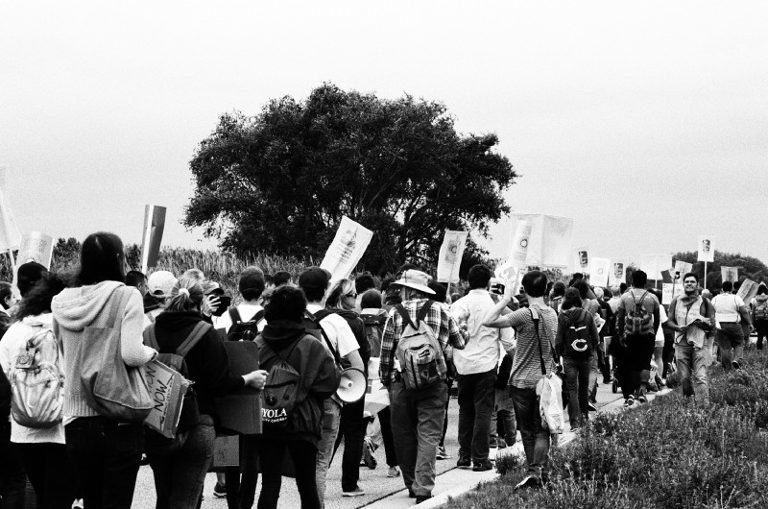Most people know 350.org as the worldwide climate action network that has sparked a generation of environmental activism. It’s the organization behind the People’s Climate March, Exxon Knew, and Rise for Climate, Jobs, and Justice. Every year, its influence grows as hundreds of thousands of people across the globe join in on its actions and show up for its chapter meetings. 350 not only networks people together at the grassroots level, but connects fellow climate change activist groups and unites them for major conglomerate projects and demonstrations. It helps smaller organizations make big changes together. There may not be a more significant presence in climate change activism than 350.
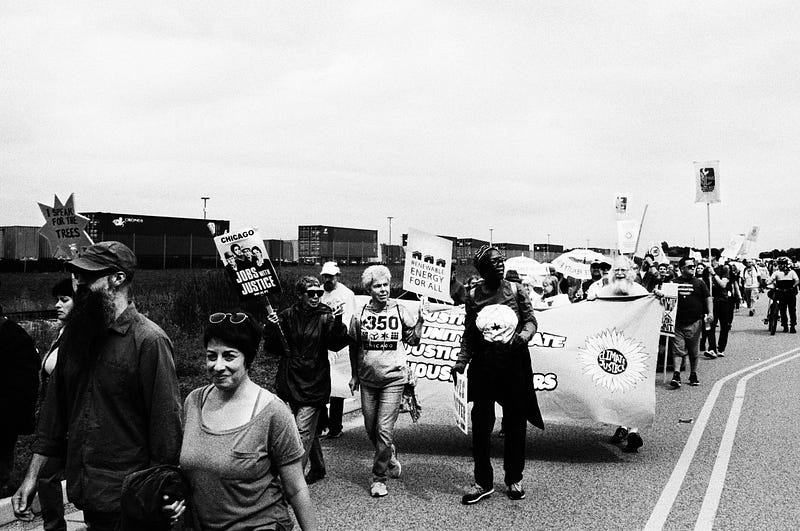
What many people don’t realize is that 350 is relatively young. Ten years ago, it was the infant brainchild of a famous author and a handful of young recent college graduates. It was dedication, hard work, and a commitment to social organizing that brought 350 to where it is today.
Starting a Movement
Bill McKibben was an active environmentalist long before he founded 350. In 1989, he’d become famous for his first book, The End Of Nature, which introduced millions of readers to the concept of climate change. In 2006, he led the “Step It Up” campaign, which included nationwide protests and his own personal walk across the state of Vermont. The enthusiasm that grew out of this action was momentous. Step It Up expanded, and in 2008, changed its name to 350.
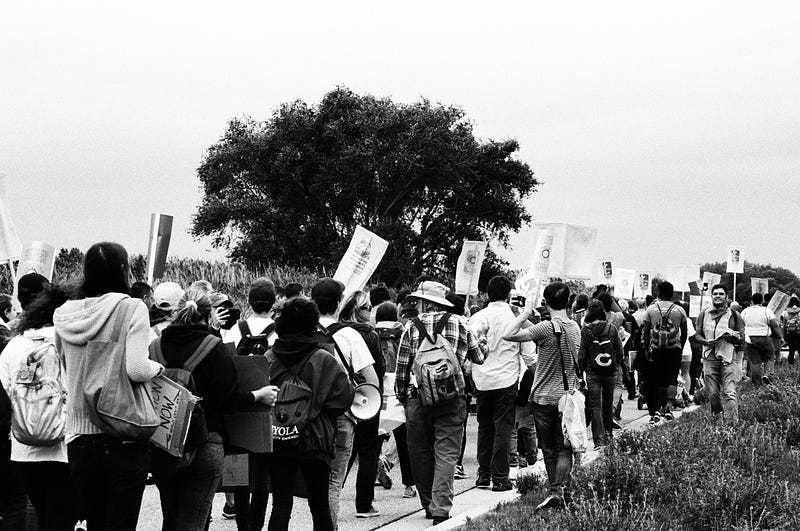
Bill was the face and focal point for the young organization, but without a small group of dedicated Middlebury College alumni, 350 would never have become a reality. According to McKibben, who was a scholar-in-residence at Middlebury College at the time, the recent grads took his ideas and turned them into a revolution. Step It Up had surprised everyone with the range of its success; now it transformed into a policy and grassroots organizing engine prepared to withstand the challenges ahead. The group’s new name referenced 350’s mission to reduce atmospheric carbon levels to 350 parts per million, the maximum safe level according to NASA scientist James Hansen.
The founding group included May Boeve, who is still the executive director of 350, and Jamie Henn, who remains strategic communications director. The nonprofit’s success drew help like a magnet as people who had sought a focal point for climate action joined in spades. Bill McKibben’s appearance on The Colbert Report in 2009 caused the group’s popularity to rocket, and with awareness came support. Today, 350’s board of directors includes Naomi Klein, bestselling author of This Changes Everything. Hundreds of thousands of people participate in 350 climate actions in the over 188 countries where 350 is active.
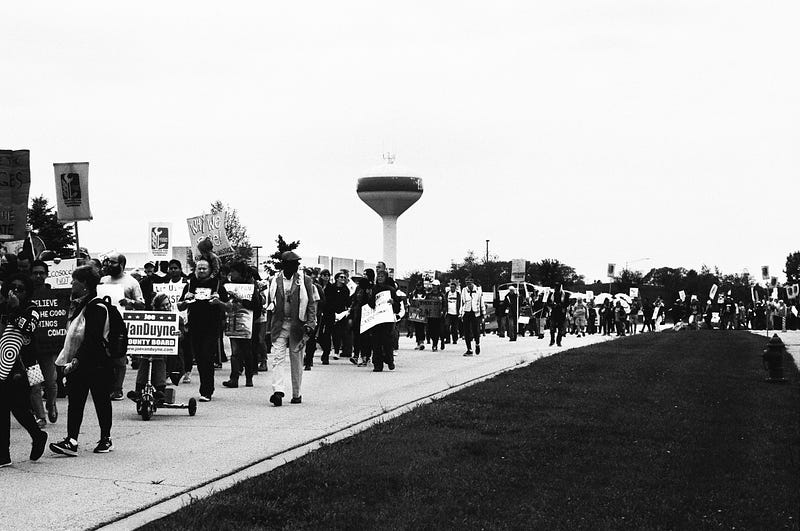
350 is a 501(c)(3) nonprofit. CharityNavigator.org, which tracks the honesty of nonprofit groups and rates them according to transparency, gives 350 its highest score for accountability and conscientious use of funds. In fact, 84.9% of 350’s funding goes to “program expenses,” meaning the services, activities, and actions that 350 uses to make a difference in the world. It’s entirely supported by donations and gifts, and its revenue in 2016 was around $13.7 million. As director, May Boeve gets a little less than $100,000 per year in compensation. That’s a little low for someone running a global nonprofit — the president of Earthjustice nets more than three times that per year — and 350’s financial footprint is fairly light for a group that makes such a large splash. This efficiency is a credit to 350’s adherence to its ideals and the enthusiasm of the volunteer community that has rallied around it.
Part of the reason that 350 has become such a success is that it leverages technology very well. Online marketing is one of its principle strategies, and that strategy has paid off in a huge way. The people who started 350 were young and tech-savvy, willing to leverage social media and aware of the power of digital connection. That awareness has translated into a global network of partners and volunteers that has given 350 an amount of influence disproportionate for a company with less than 200 official employees.
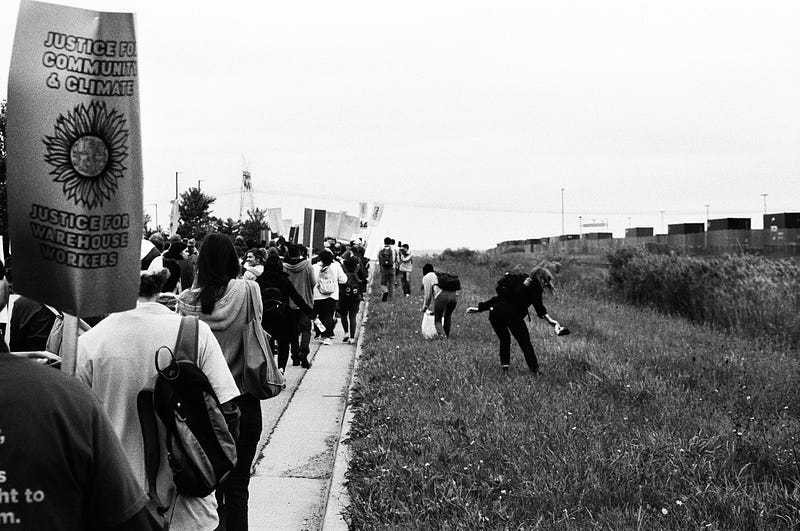
A distributed organization
350 has one clear, overarching mission: reduce the amount of carbon in the atmosphere to 350 parts per million. This is the maximum safe limit for atmospheric carbon, as stated by NASA’s James Hansen in 2008. It’s a big goal, especially considering the fact that our air currently contains over 400 parts per million of carbon. That’s why 350 has broken this huge task down into smaller ones and distributed its mission across a network of chapters, also called “nodes.”
While 350’s headquarters is located in Brooklyn, New York, globally distributed regional action networks tie these nodes together and coordinate them. For example, you could become a member of a 350 node near your home in Lowell, Massachusetts, and that node will specifically work on issues pertaining to your city. However, it’ll answer to the statewide network, 350 Mass, in order to coordinate widespread actions and get guidance. 350 Mass will, in turn answer to the parent 350 organization.

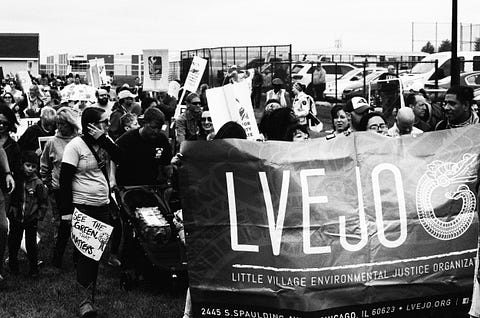
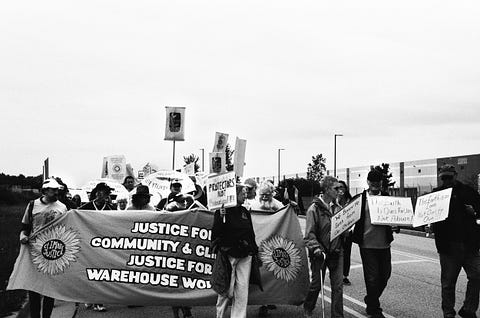
Having a chapter setup gives 350 the flexibility to organize at the grassroots, local level even as it pressures governments worldwide to take action against carbon pollution. It can coordinate actions across the world by empowering local chapters, and it regularly partners with local organizations to build solidarity and make local actions more effective. For example, the mass action known as Rise for Climate, Jobs, and Justice took place in early September of 2018. 350 and several partner organizations like Sierra Club and the Climate Reality Project united to make this massive action possible. Though there were over 900 separate actions worldwide, they took place in a coordinated way. That meant that a rally in Joliet, Illinois, which was attended by about 500 people, supported an action far bigger than the Chicago area alone could have generated. It wasn’t just a 350 movement, either, but a joint effort with the People’s Climate Movement, the Little Village Environmental Justice Organization, and even the local United Electrical, Radio, and Machine Workers union. Participants had a chance not just to support a global cause, but to build a stronger network on the ground.
The chapter setup also allows 350 to put a known face on climate politics. Residents of Chicago might have been a little ruffled if a large lobbying agency rolled into town and engineered a demonstration, but when the demonstration is organized and attended by earnest Chicago-based volunteers, the message becomes more powerful. The people protesting at Joliet weren’t outsiders. They were neighbors, friends, and constituents, and they cared about Chicago’s future in a world that faces climate change.

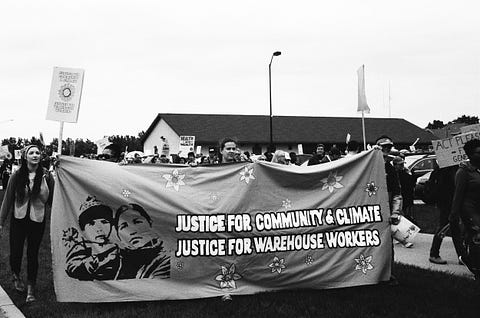
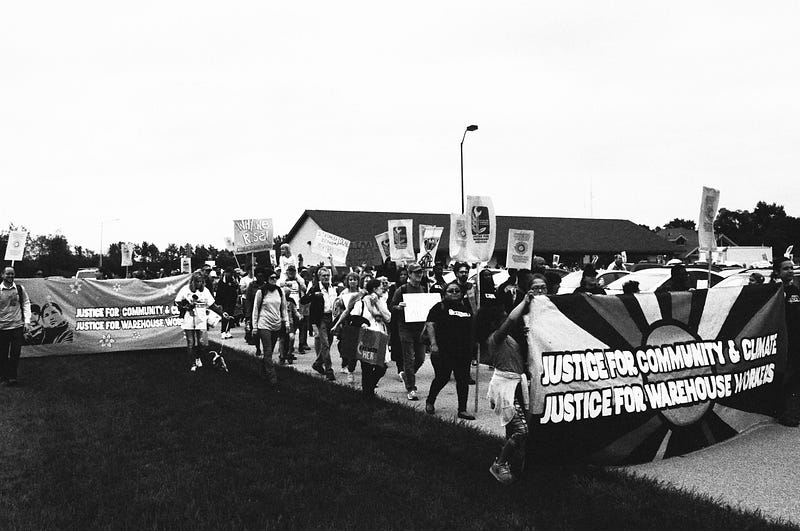
How 350 makes a difference
The scale of climate change is too big and varied to attack without a plan. There are too many different sectors of society tied up in fossil fuel. 350 deals with this problem by separating its mission into bite-sized chunks, and then into individual projects.
For example, one of 350’s goals is to fight the creation of new fossil fuel infrastructure. This includes shipping, processing, and distribution networks for crude oil. The Keystone Pipeline System, completed in 2010, is exactly the kind of infrastructure that 350 tries to impede. In 2012, 350 made the final construction phase of the Keystone Pipeline System a focal point of its protests. To this day, 350 and its partners have managed to delay construction of the Keystone XL pipeline using legal red tape and mass protest. The mission is to reduce greenhouse gas levels in the atmosphere, the strategy is to fight fossil fuel infrastructure, and the immediate project is stopping the Keystone XL pipeline. So far, this atomized method of addressing a big, complicated problem is proving very effective.
Stronger together
350 has used the divide-and-conquer strategy to cover a lot of ground so far. That said, one of its big advantages is that it actively connects dozens of other activist organizations and helps them to organize amongst one another. For example, 350’s Go Fossil Free divestment campaign, which began in 2012, actively partners with People & Planet, which is a student-based social and environmental justice group based in the U.K.
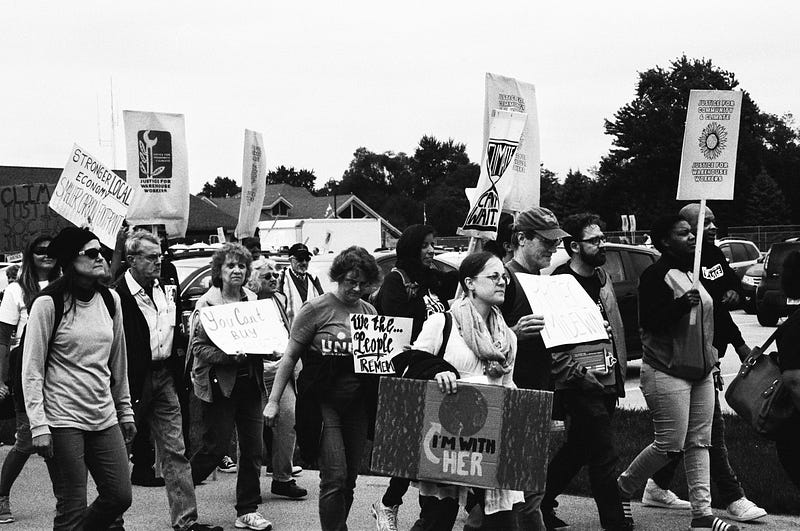
Whether 350 starts a project, such as Go Fossil Free, or gets involved with an existing project, like the People’s Climate March, it puts a lot of energy toward networking activist groups together. Not only does this strategy get more people involved in protests and demonstrations, but it pulls in experts who might have relevant experience. 350 doesn’t have to be the most experienced organization, and it doesn’t have to be the best organization for a specific job. All it has to be is the best organization for building partnerships. Lending assistance to other groups can be much more powerful than running a campaign solo from start to finish.
350 even partners outside of environmental circles, forging alliances with the famous U.K. newspaper The Guardian and The United Church of Christ. In many cases, it opts to stand up for other social justice issues, like police brutality, in order to build cohesion with other progressive groups. Not only is this simply the right thing to do, but it generates a very positive image for environmental activism. People who care about other progressive issues are more likely to see 350 and its volunteers as helpful allies whose actions are worth attending.
Educating new activists
Some of 350’s best organizational partners are made up of familiar faces. For example, the Divestment Student Network is made up of activists whom 350 trained at a Fossil Free Fellowship workshop in 2013. Since then, 350 has logged over $5 trillion divested from educational and municipal pension funds, much of it with DSN’s help, and victories continue to accumulate. In 2017, New York City and State committed to divest. One of the big reasons that this happened was because 350 has been so generous with information. The more activists it can train, the more likely it is that it will accomplish its goals.
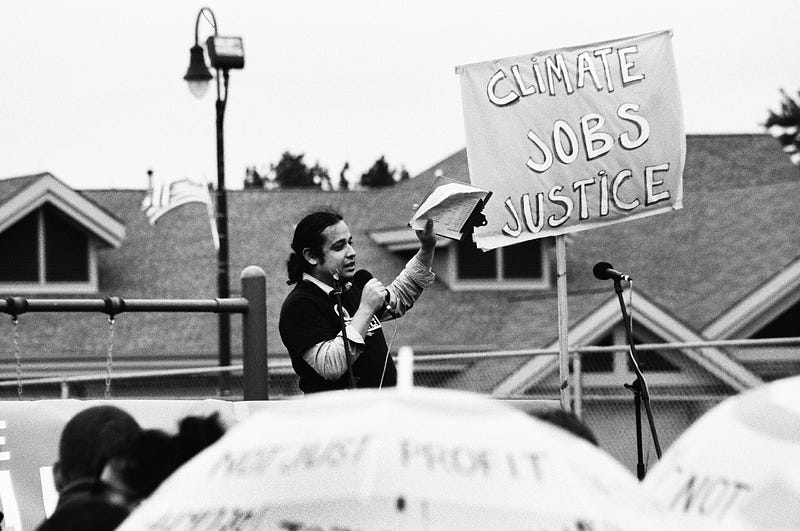
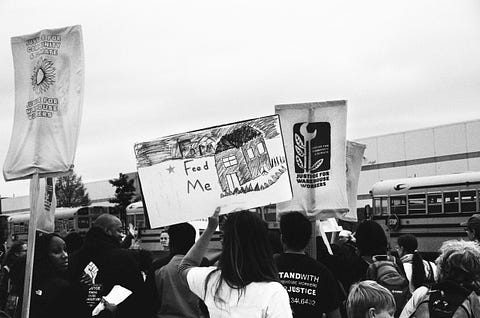
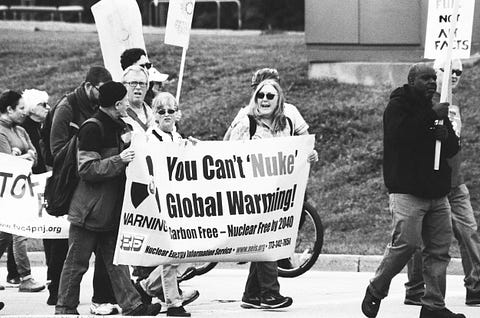
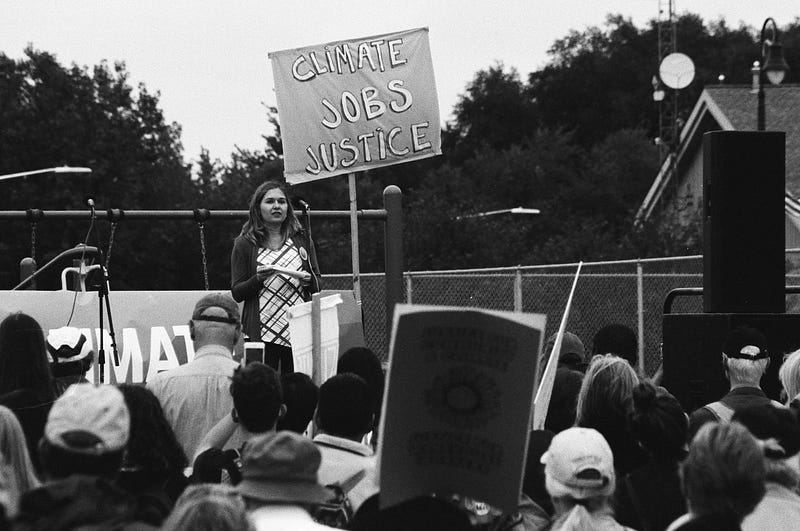
That’s why 350 offers free online trainings. Right now, there are eight of these videos, which the 350 website refers to as “skill-ups,” that cover having productive climate conversations and grassroots campaigning for beginners. The average length of each video is thirty minutes.
The 350 trainings website includes a ton of other resources, including exercises for in-person group training facilitators and free handouts for meetings. At in-person events, such as the Global Climate Action Summit, 350 nodes might also hold in-person workshops, such as the free personal divestment class that 350 Silicon Valley presented with Santa Clara University in September 2018.
Marches, protests, and demonstrations
Of all its activities, 350 is probably most famous for its demonstrations. These are often partnership events along the lines of the Rise for Climate march in Joliet. (If 350 is good at one thing, it’s sharing credit!) Their protests are always peaceful and organized. The Rise for Climate movement even saw participation in Antarctica!
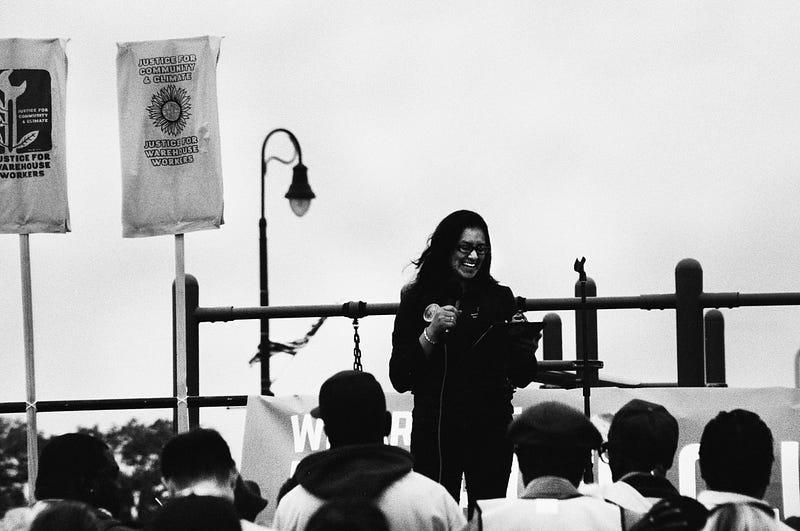
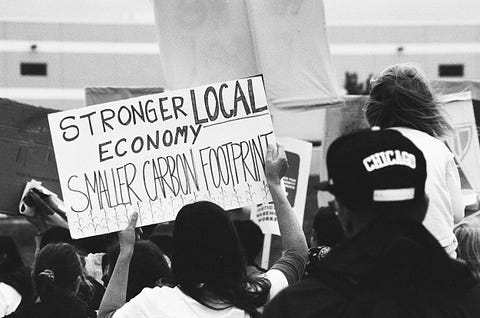
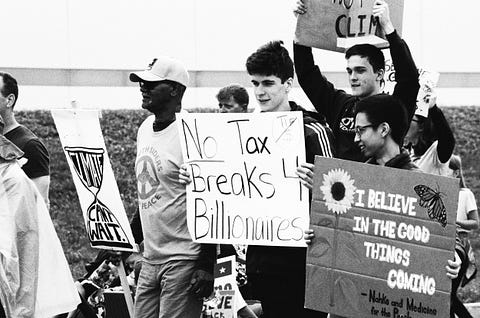
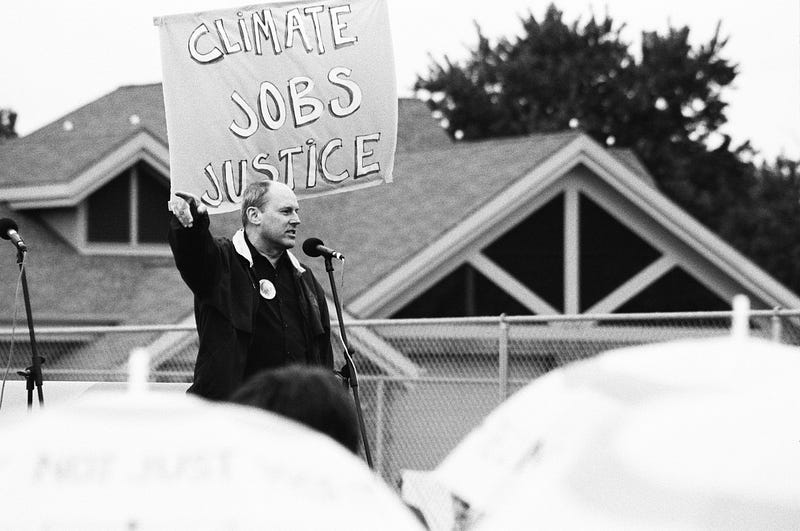
350 encourages other mass action, too. For example, divestment efforts have translated into small-scale bank account closures and protests. By educating people about environmental topics, 350 empowers them to make changes in their own lives too.
Whether actions are large or small in scale, one of their chief functions is PR. 350 makes sure that during and after every event, the world knows what happened. Showing that people are willing to upset their routine to march or protest is one of the most powerful ways to communicate how serious an issue climate change is. By publicizing marches and activities, 350 also turns itself into a news source for climate action, not only for itself, but for its partners too. Twitter is one of the most important venues for this activity.
Political action
As an organization, 350 takes a multifaceted approach to change. On one hand, protest and public demonstration is an important part of its toolkit. Getting people into the streets with signs and chants — or getting them to stake out politicians’ offices — shows policymakers and non-activists that the climate is a serious, present issue that people care about. Grassroots campaigns are 350’s bread and butter.
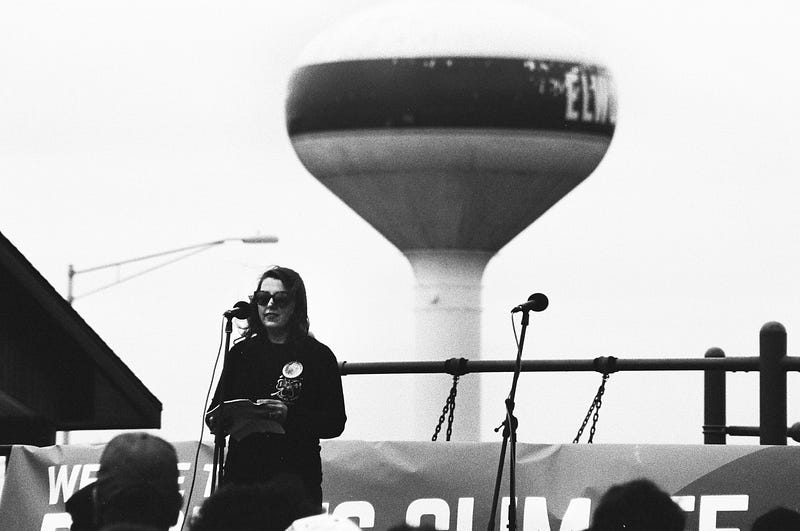
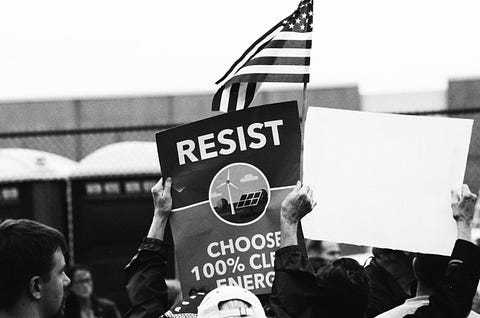
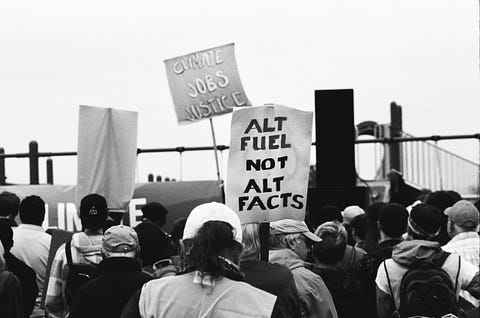
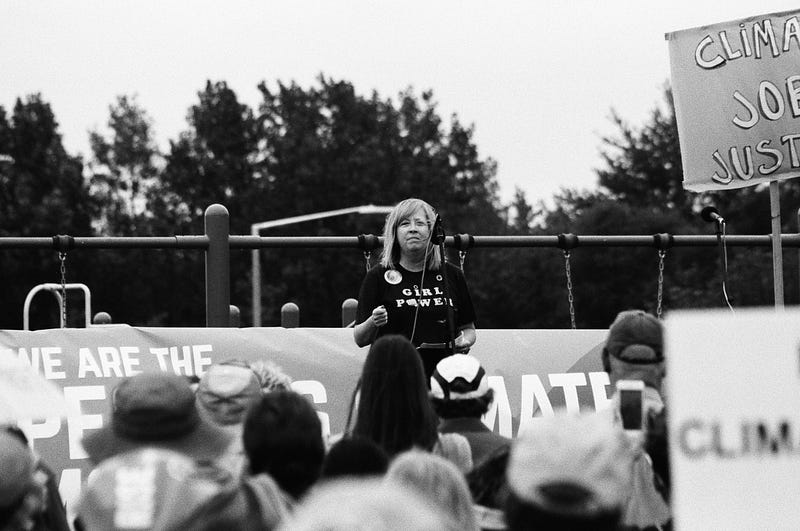
However, 350 also follows up the public side of these campaigns with political action that’s not as flashy, but also gets results. In fact, 350 currently employs a policy director, Jason Kowalski, whose job is to discuss 350’s goals with lawmakers and political influencers. Jason also attended Middlebury College, and he was involved in the original Step It Up campaign in 2007, so he’s been in the 350 family for over a decade.
According to OpenSecrets.org, 350 also spends some money on political campaigns, helping to finance the election of Democratic Senator Ed Markey of Massachusetts and spending nearly $100,000 to campaign against Donald Trump’s election in 2016. However, compared to other influential political organizations, their involvement in the political process is small. In 2018, Exxon alone spent over $1 million on its preferred political candidates.
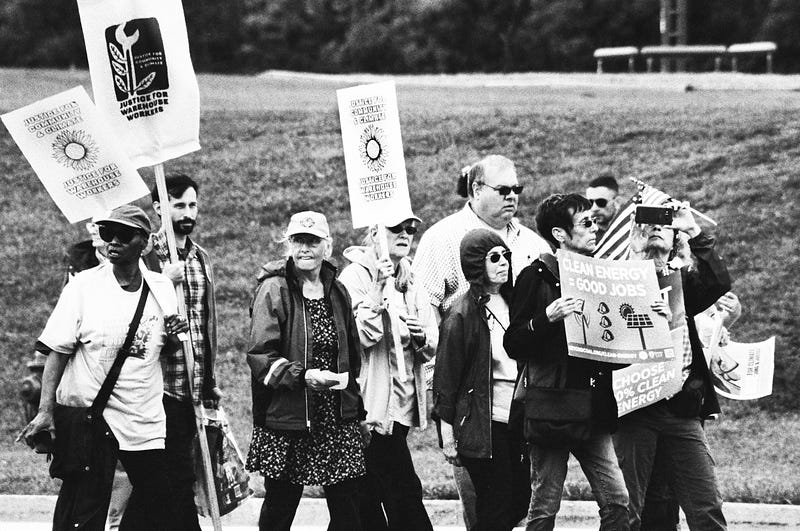

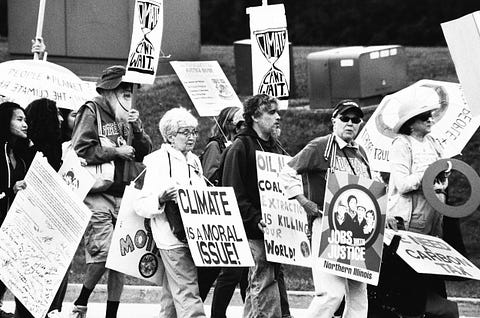
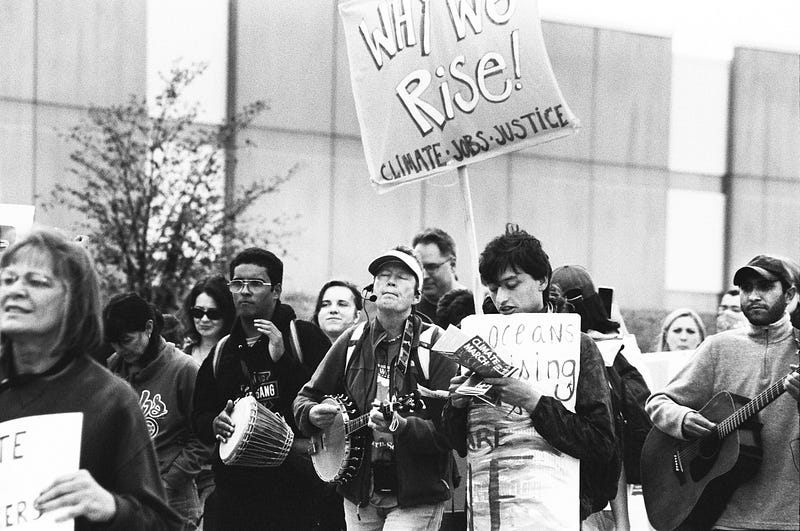
Opposition
It’s no secret that change is hard. Sometimes, it sends you to jail. 350 founder Bill McKibben has been arrested several times, once outside of a gas station where he stood to protest during the #ExxonKnew campaign. At Keystone XL protests outside of the White House, which 350 helped to organize, dozens of protesters left in handcuffs.
These are high-profile situations that make splashy news headlines. However, the greatest opposition that 350 faces exists in political and social structures that resist a shift away from fossil fuel. That’s why every battle that 350 fights is an uphill one, from getting anti-fracking measures on the ballot in California to stopping the Dakota Access Pipeline from being built across Native lands.
Successes
All of this effort has paid off in a big way. Not only has 350’s work helped municipalities and colleges divest over $6 trillion in fossil fuel assets, but that divestment has, according to Shell’s 2018 annual report, seriously threatened the oil giant’s bottom line. It’s quite a coincidence that on December 3, 2018, Shell bowed to investor pressure and tied executive salary to short-term greenhouse gas reductions!
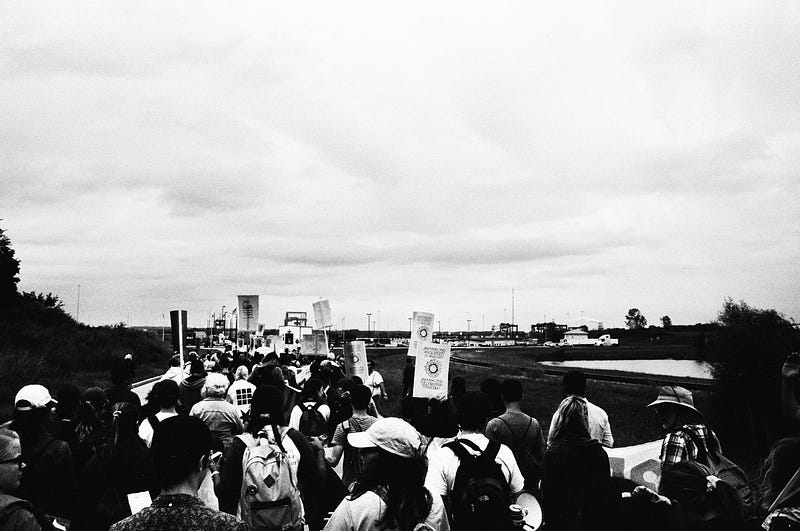
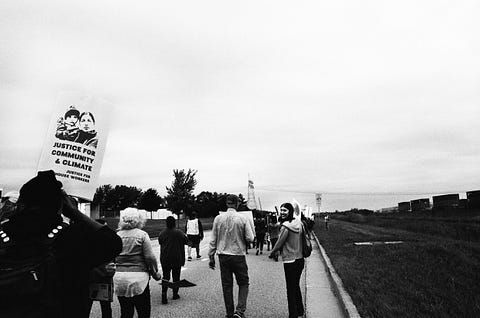
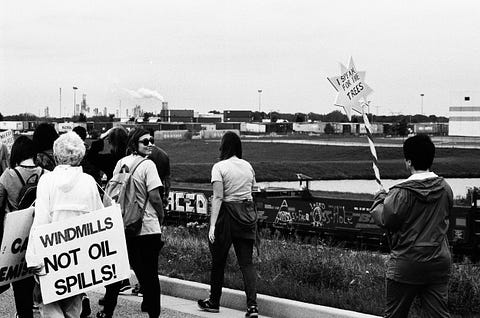
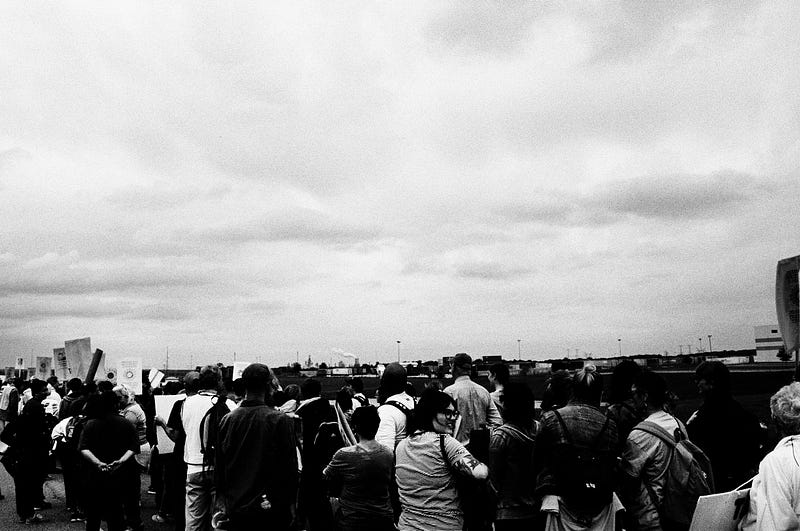


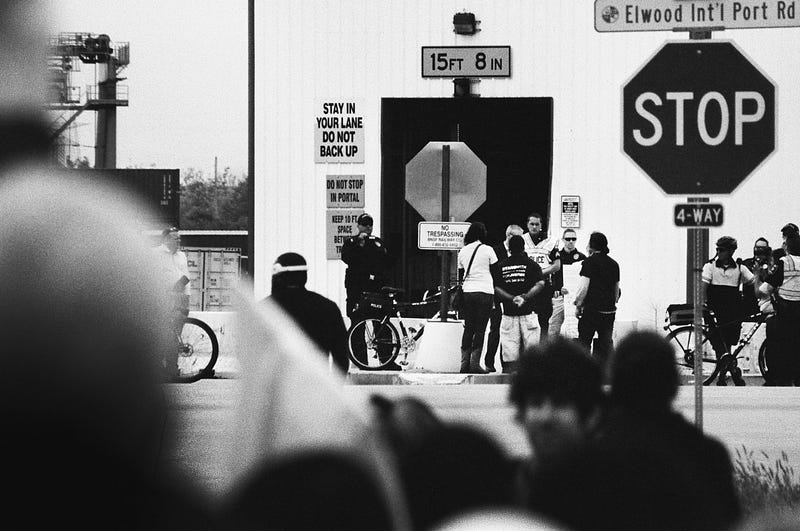
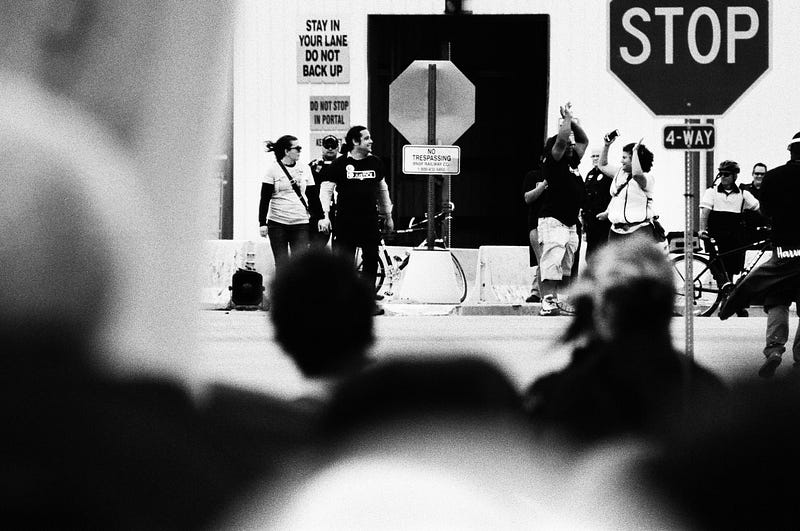
350’s efforts to stop fracking have also borne fruit. The state of Paraná in Brazil finally banned the practice in 2016, and 350’s efforts in Uruguay have stalled fracking activities near the Guaraní Aquifer. Efforts to halt fracking in California continue.
One of 350’s biggest triumphs happened in 2015, when the Obama administration cited climate change as a reason to stop construction of the Keystone XL Pipeline. For a moment, everyone who had worked for years to prevent this environmental disaster from going forward celebrated. Then, a year later, the Presidential administration changed. The Trump administration restarted its efforts to build the Keystone XL, leading to the ongoing legal battle in which 350 is still engaged today.
However, even when it has to endure setbacks, 350 sees its popular support rising. The annual People’s Climate March, for which 350 partners with a large number of other environmental organizations, saw over 200,000 participants in Washington, D.C. alone in 2017. In 2015, parts of the Philippines started to ban the construction of new power plants thanks to 350’s efforts, and that trend continues today. Rise for Climate, Jobs, and Justice saw tens of thousands of people worldwide march in the name of a green future. Although there are still huge challenges ahead, it’s clear that 350 has hit a cultural and political nerve.
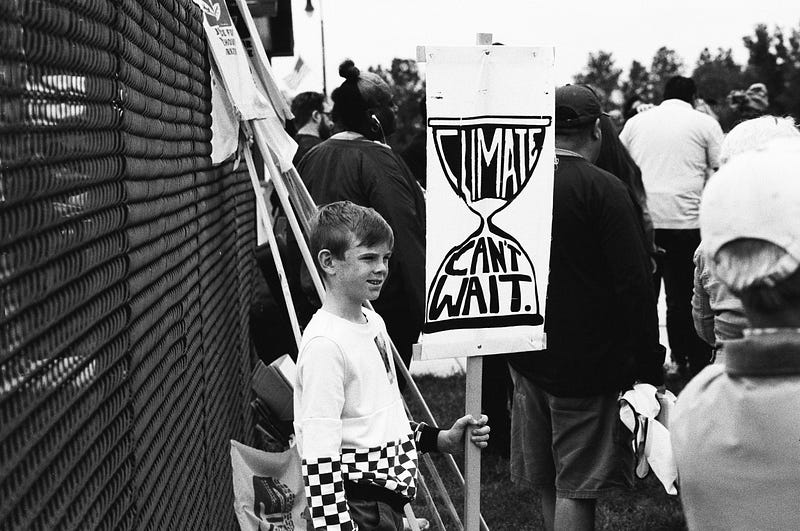
Where it’s going
The fight against climate change has only just begun. Even now, when the effects of fossil fuels on the natural world are easily visible, the political resistance to action against climate change is both well-funded and entrenched. 350 has a lot more work to do if it’s going to get our atmospheric carbon levels down to a safe level again.
Every year, this organization pushes its mission a little further. Every year sees a few more pension plans divested and a few more fracking operations made illegal. As the battle over the Keystone XL Pipeline rages on, 350 and its partners Bold Nebraska and the Indigenous Environmental Network cooperate to build solar arrays directly in the path of the proposed oil transit corridor.
Just ten years into its existence, 350 is showing the world that you don’t need to be rich or powerful to make a difference in something that matters. Progress can happen anywhere, especially if done together with others.
Rise for Climate was a worldwide climate movement that took place over 7 continents, in 95 countries, with 900+ actions that took place on September 8, 2018. It was co-organized by several organizations including 350, Climate Reality Project, In Kind, People’s Action, Rainforest Action Network, Sierra Club, Sunrise Movement, and World Wildlife Fund.
You can learn more about 350 or donate to them here. You can also find them on Facebook, Twitter, and Instagram.


